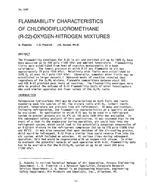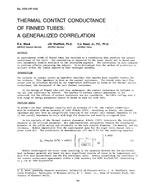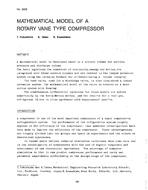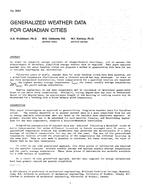-
-
Available Formats
- Options
- Availability
- Priced From ( in USD )
-
Available Formats
-
- Immediate download
-
$16.00Members pay $7.00
- Add to Cart
Customers Who Bought This Also Bought
-

3097 -- Flammability Characteristics of Chlorodifluoromet...
Priced From $16.00 -

3103 (RP-446) -- Thermal Contact Conductance of Finned Tu...
Priced From $16.00 -

3060 -- A Procedure for Measuring the Dynamic Thermal Per...
Priced From $16.00 -

3068 -- Mathematical Model of a Rotary Vane Type Compressor
Priced From $16.00
About This Item
Full Description
In order to simplify energy analysis of single-family dwelllngs, and to assess the effectiveness of retrofits, simplified average weather data is required. This paper analyzes weather data for seven Canadian cities and proposes a method of generalizing this data for use in variable base-degree day calculations.
Thirty-two years of hourly weather data for seven Canadian cities have been analyzed, and a normalized temperature distribution over a 12-month period has been developed. In order to use this normalized distribution, three temperatures for a specified location are required: Tmax, the highest monthly average temperature; Tmin, the lowest monthly average temperature; and Tavrg, the yearly average temperature.
Heating degree-days to any base temperature may be calculated or determined graphically based on the above three temperatures. Similarly, cooling degree-days may also be determined. Based on the degree-days, an approximate length of the heating or cooling season may be determined for a building with a known balance point temperature.
Units: Dual





